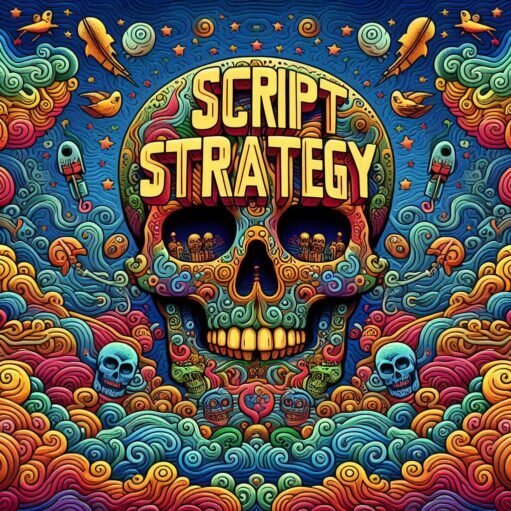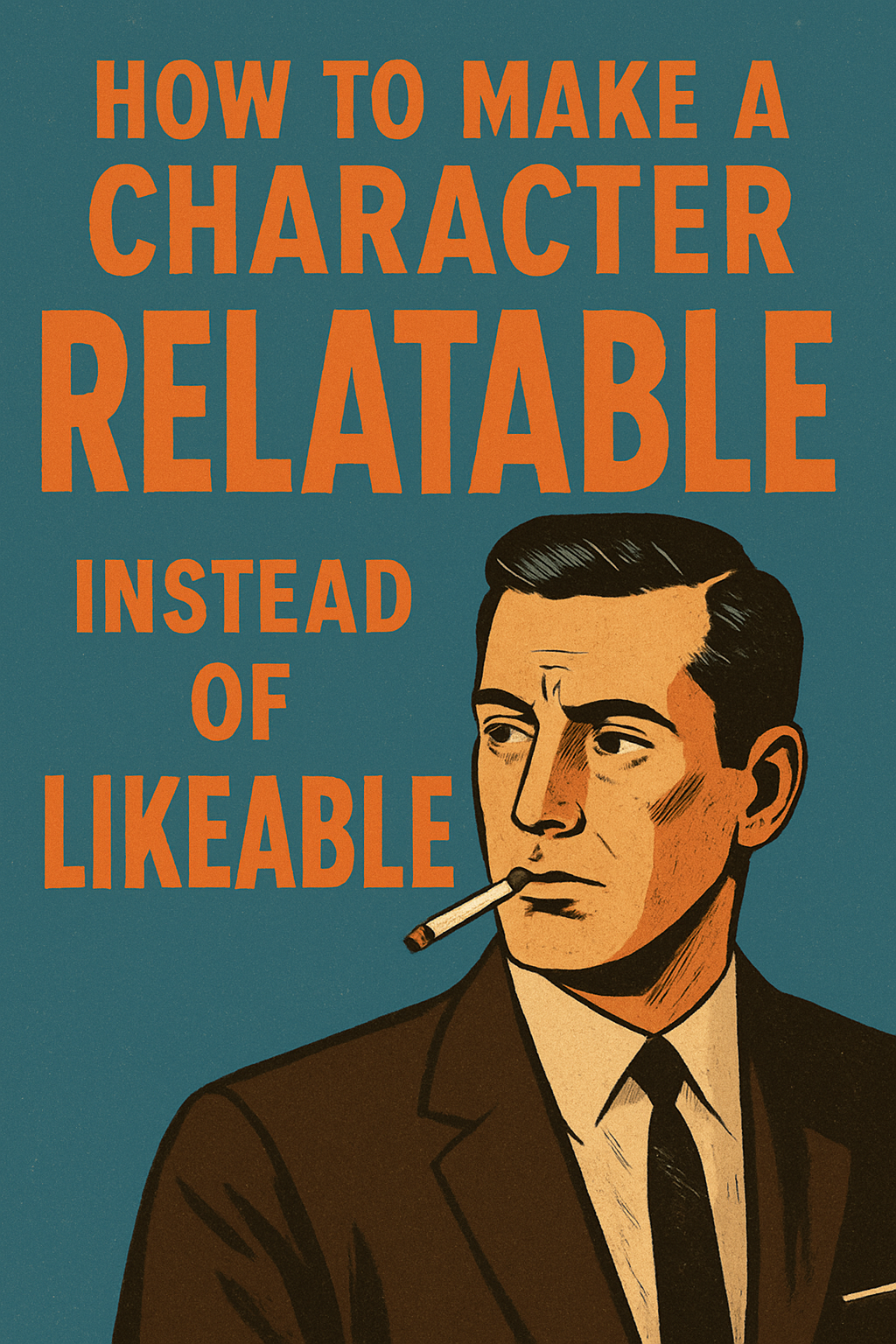How to Break Screenwriting Rules — Three Examples
“Imperfect” Film Classics – How to Break Screenwriting Rules – Part I Part of the beauty of independent cinema is that no one expects these films to match some sort of formal template. While I love a well-constructed classic like Die Hard, I would definitely get bored if every film ended with the evil German … Read more









